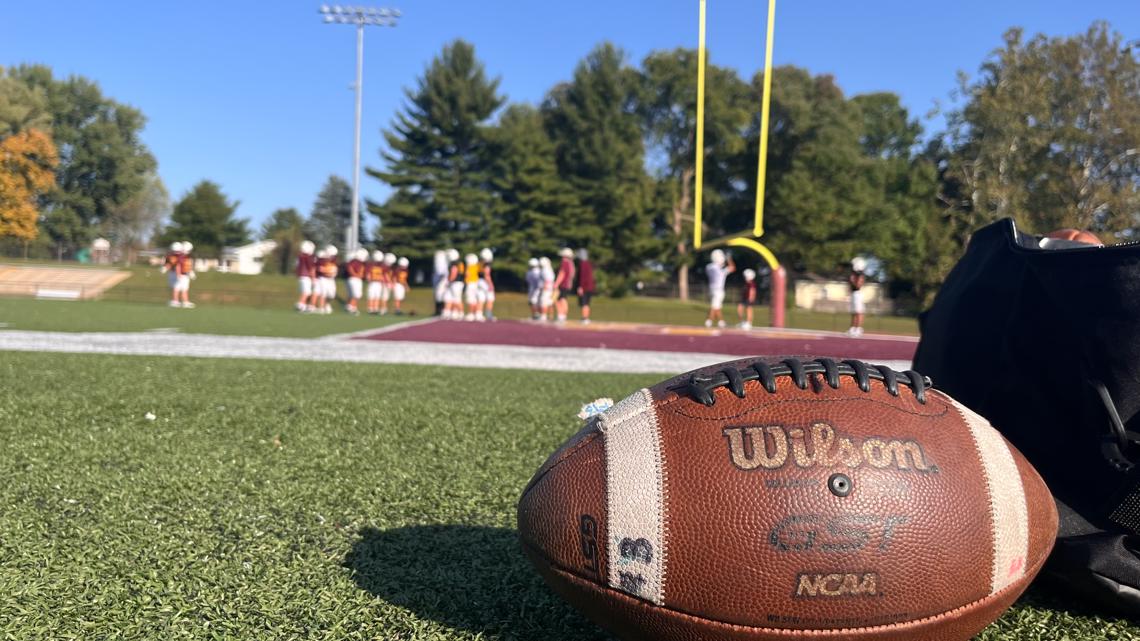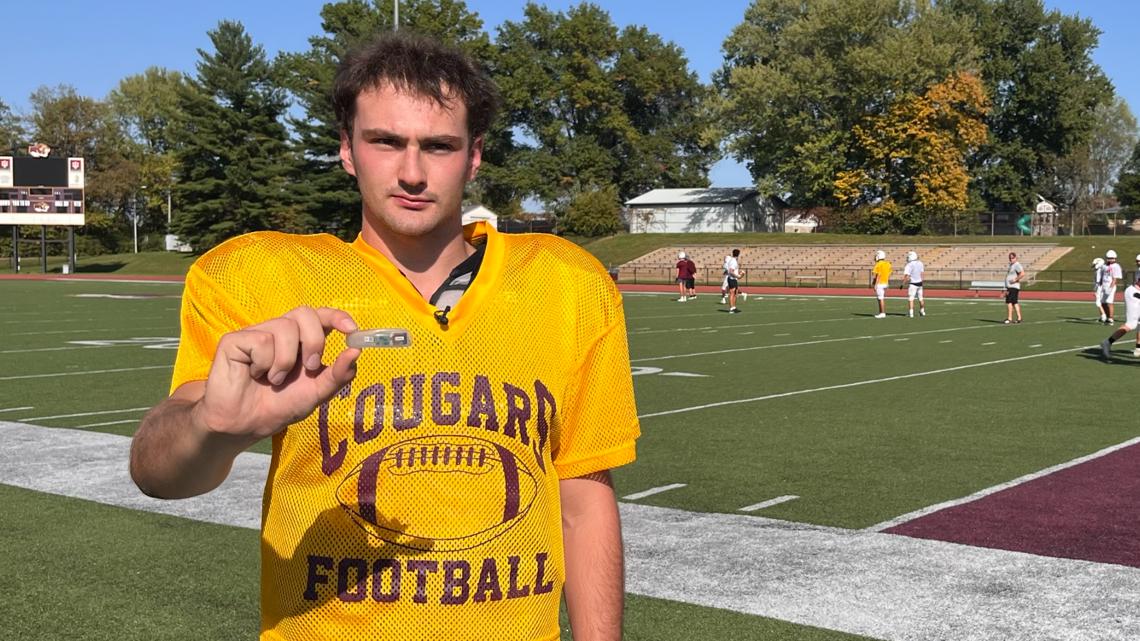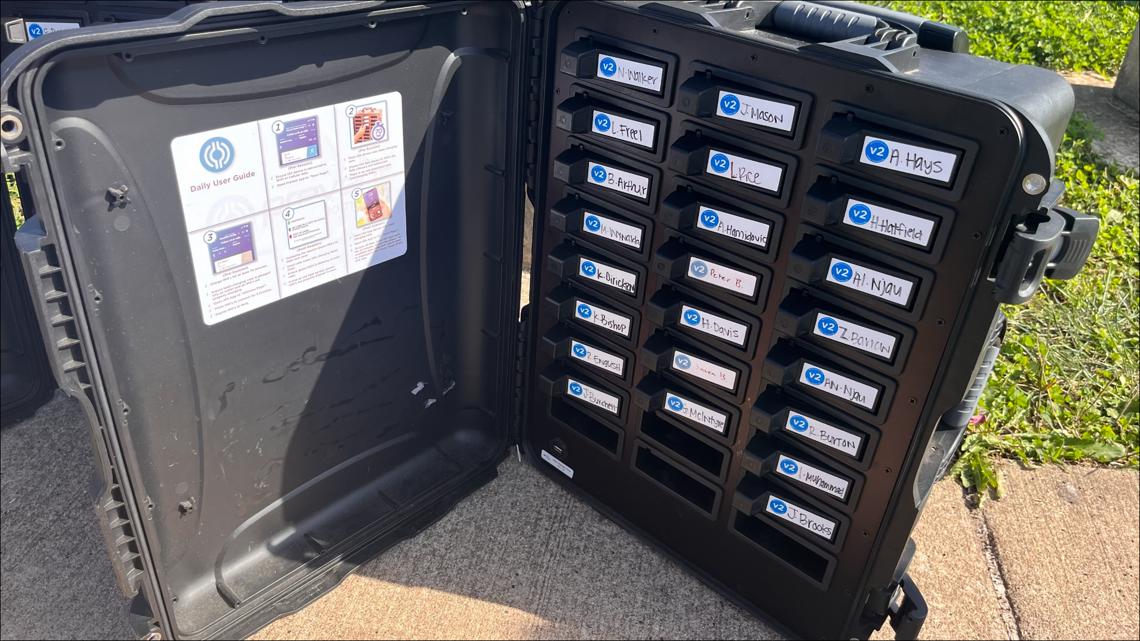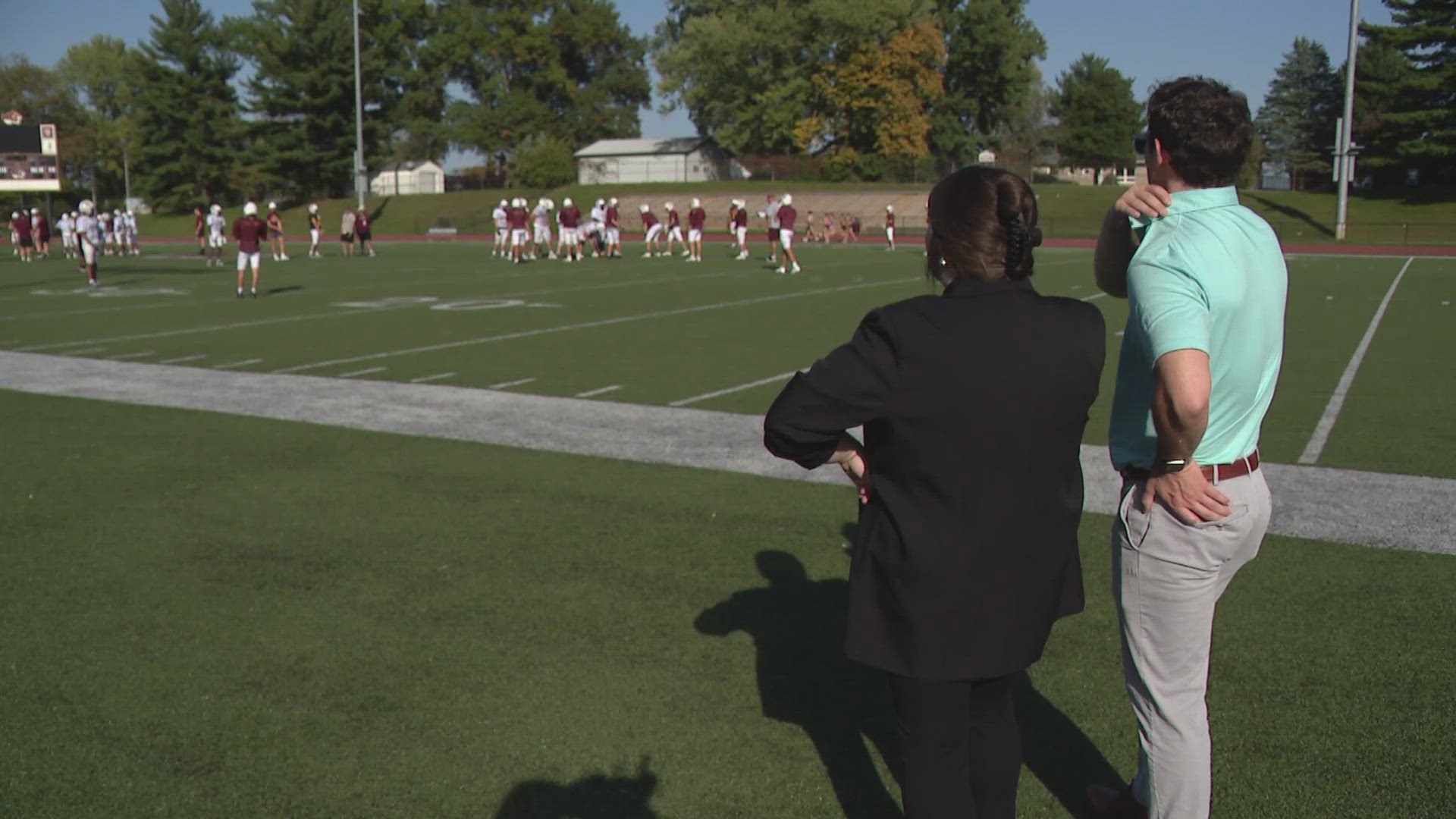BLOOMINGTON, Ind. — It's a question every parent of a high school football player wants to know: How safe is my teenager, getting hit repeatedly on the field?
A landmark longitudinal study by researchers at Indiana University is working to find that out. As they near the end of the massive four-year project, they’re sharing some early results of what they're learning.
For the millions of young athletes who play America's most popular sport, the love for football also comes with some concern.
"Football has pretty much been my life since seventh grade, said Dash King, senior and quarterback at Bloomington North High School. "But I was always hearing about concussions and broken bones and anything you could imagine that could go wrong."
We all know concussions are dangerous, long-term, but what about the smaller hits?
Day after day, game after game, all season long.


According to the National Institutes of Health, teen players experience, on average, 652 subconcussive head impacts per season.
Hits you play through, without symptoms.
"It's below the threshold of emerging concussive symptoms," explained Kei Kawata, IU professor of clinical neuroscience. "So those hits seem minor. And painless."
"If you just keep doing things over and over again, something's gonna wear down," said Grace Recht, a third year Ph.D. student in IU’s human performance department.
But are the hits minor? Over time?
RELATED: Former Indiana QB Jack Tuttle announces retirement from football following a 5th concussion
Researchers are studying how smaller impacts, over several seasons, affect brain health in high school football players and how risk can be reduced.
Kawata and his team are leading the landmark, four-year study with a $3 million grant from the National Institutes of Health.
They're now in the final months.
"The goal is to find out what's the effect of those repetitive hits," Kawata said. "We're hoping to provide some evidence to suggest some of the protocol and guideline to keep the sport safe."


Bloomington North High School is part of their lab. The IU research team is tracking the Cougars' collisions through a mouth guard with special sensors.
"It's like a regular mouthpiece," Dash explained. "I just pop it in during practice and in games. It sends all the information right to, like, a tablet they can check out."
"The head impacts actually sync in real time," Recht said.
"We know when someone is experiencing a hit and generally how much force they received in that hit," said Gage Ellis, a third year Ph.D. student in Human Performance and Neuroscience at IU.
RELATED: Colts' Anthony Richardson surprises Speedway High School players with donation of football helmets
Ellis and Recht spend time on the sidelines, watching the measurements of each hit on the head for each study participant. They’ve done so at practices and games for years now.
"A pretty standard amount of force for a hit? For a subconcussive hit is around 10-12 Gs," Ellis said.
"The data we surmount in this study," Kawata said, "it's no match. It is monumental."


Part of the reason this study is so monumental is because it's massive. It's not just Bloomington North. We're talking four years, five high schools, hundreds of student athletes. Other participating high schools include Bloomington South, Edgewood, Bedford North Lawrence and Mooresville high schools.
In addition to mouth guard head impact data, all those athletes also give blood samples, take mental health surveys, test eye tracking and get MRI scans of the brain. Again, this is tracked over years.
"We're just looking for any markers of inflammation, any markers that show irregular development," Ellis said. "We compare them from the beginning of the season and then across the four time points during the season and after the season."
Kawata is still analyzing the data, which will likely get published over the next year, but he is sharing some early results.
"We’ve found in just a matter of one season, if you sustain multiple hits, actually regardless of what position it is, we've seen brain-derived blood biomarkers creeping up. It's increasing over the course of season," Kawata said. "Some of the athletes have some inflammation. That's showing to be a little bit expanded the brain."


Kawata's early data also shows anxiety and mood actually improve for football players as the season goes on.
And eye focus, though impaired over the course of a season, goes back to normal when the season's done.
Plus, they’re finding that each teen's brain and its resiliency to hits reacts differently.
Diet, weight, ADHD may all play a role.
"Some athletes, no matter how many times they sustain head impacts, we did not see any change in those athletes. On the other hand, there are some athletes showing heightened response," Kawata said. "So we're looking for everything from dietary composition to ADHD and all that can play into brain resiliency and susceptibility to these head impacts."
That means when it comes to solutions, there’s likely no simple "hit threshold" like a pitch count in baseball.
After the study's analysis is done, the IU team hopes to develop new protocols — perhaps tailor playing time or change practice drills to minimize head impact.
"Maybe having practices some days where there are like no contact, no pads, where you're just running through plays, but you're not actually hitting each other in the head," Recht explained.
It's all with the goal of making high school football safer, guiding the game with the safest possible play.
"People love this sport. And players love this sport. We do too," Ellis said. "But it's also important to prepare yourself for a long, healthy life."
And the kids in this study, on the field right now, are ensuring that'll happen.
"By doing what I'm able to do and what I love, it's gonna help future generations," King said.

